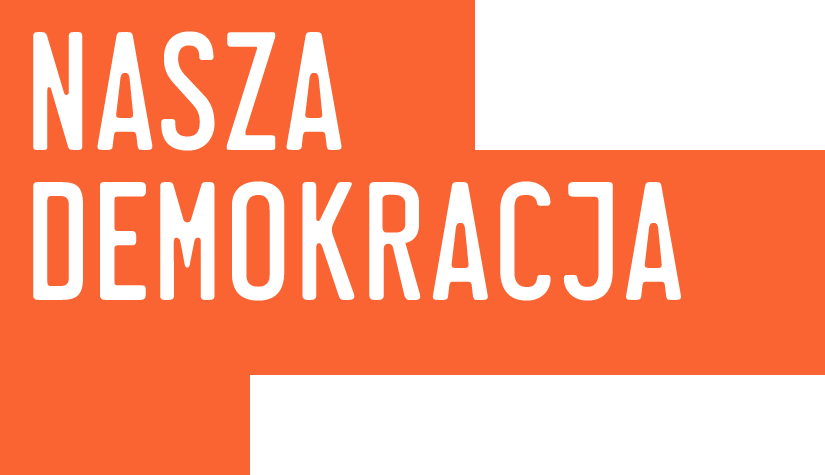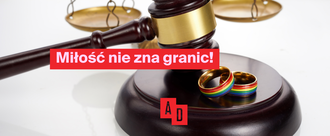Witaj w Naszej Demokracji!
Pragniesz zmieniać rzeczywistość wokół siebie? Masz dobre pomysły i chcesz je realizować? Troszczysz się o swoje otoczenie? Martwią Cię lub złoszczą decyzje polityków? To miejsce jest właśnie dla Ciebie!
Z Naszą Demokracją możesz nagłośnić swoją sprawę i zrealizować skuteczną kampanię. Napiszesz apel, który dzięki poparciu innych osób pozwoli Wam wspólnie naciskać na zmiany. Możecie się spotkać, wzajemnie motywować i podsuwać pomysły. Razem zdziałacie więcej! Przekonaj się, że warto zmieniać świat i wcale nie jest to takie trudne. Zobacz, ile kampanii już zakończyło się sukcesem!
Jak rozpocząć?
Nasza Demokracja wspiera działania na rzecz sprawiedliwości społecznej, ochrony środowiska, praw człowieka i demokracji. Z nami łatwo rozpoczniesz swoją kampanię, przygotowaliśmy też dla Ciebie kilka wskazówek. A w razie pytań – odezwij się do nas! Jesteśmy tu po to, aby Cię wesprzeć.
Stwórz kampanię, zbierz podpisy, zmieniaj świat!
Inne organizacje społeczne zapraszamy do naszego programu partnerskiego kampaniowania.
Platformę Nasza Demokracja prowadzi Akcja Demokracja, która nie odpowiada jednak za wszystkie zamieszczane tam treści. Więcej dowiesz się w regulaminie.

%20Duzy.jpeg)
%20(9).png)
.png)